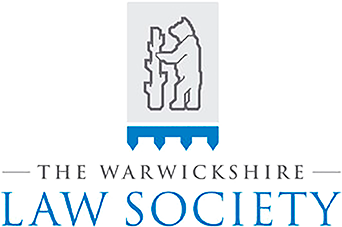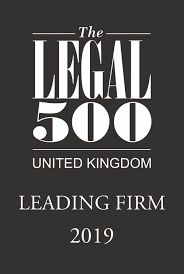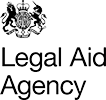I am Selling My Property: What Documents Do I Need?

If you are in the process of buying or selling a property in the UK, your conveyancer will ask you to provide certain documents to facilitate the legal process, including proof of your ID, the property deeds and particulars, and planning permission (where applicable). This guide explains the main documents you may need to provide so that when you are ready to sell, you have the information you need to provide prepared to give to your conveyancer.
Anti-Money Laundering (AML) check documents
All conveyancers in the UK are legally required to carry out customer due diligence (CDD) checks under the Anti-Money Laundering Regulations to ensure that parties to a property transaction are who they say they are. For AML checks, you may need to provide some of the following documents:
- Valid signed passport, driving license or birth certificate;
- Marriage certificate (this may be needed if your name has changed)
- Current government-issued identity card or certificate with a photograph
- Biometric residence permit (BRP) card issued by the Home Office;
- Benefit book or original notification letter confirming the right to benefits;
- A tax or utility bill or statement, or a certificate from a utility supplier confirming an arrangement to pre-pay for services;
- A recent bank or mortgage statement/passbook from an FCA-regulated lender;
- Confirmation from an electoral register that a person of that name lives at that address, or
- Local council or housing association rent card or tenancy agreement; or house or motor insurance certificate.
You won’t need to provide all of these documents. The documents you need to provide to pass the AML checks will depend on your personal circumstances. These documents must be provided for each person selling or buying the property. Additional evidence may be needed if the client is not the beneficial owner of the property.
Property particulars
If you are selling a property, you will need to complete a Fittings, Fixtures and Contents Form (TA10) to confirm what is included with the sale of the property. This includes details of basic fittings (e.g. radiators, smoke alarms, and fires) and what is included in each room, such as kitchen appliances, carpets, curtails and rails, light fittings, and fitted units.
You will also need to provide information to your conveyancer to allow them to complete a Property Information Form (TA 6), which includes details of:
- Your Solicitor
- Property boundaries
- Any disputes or complaints relating to the property
- Notices and proposals (e.g. proposals to build nearby)
- Alterations, planning and building control relating to the property
- Guarantees and Warranties (e.g. NHBC warranty documents, damp proofing, windows and doors, electrical work, roofing, and plumbing)
- Insurance on the property
- Environmental matters such as flooding risk, Radon, energy efficiency (e.g. EPC certificate), and presence of Japanese knotweed
- Rights and informal arrangements (e.g. rights of way through the property and services such as pipes crossing the property)
- Parking arrangements
- Other charges (e.g. charges paid to a management company)
- Who lives at the house
- Services including electricity, heating and sewerage – you will need to provide details of how recently these were installed and whether they meet the required standards and
- Connection to utilities and services
Gathering all of the documents containing this information can take time, hence it is advisable to start doing this before you instruct a conveyancing Solicitor. The number and type of documents you need to provide will depend on a range of factors such as the size of the property and boundaries, whether there are any special covenants and conditions, whether you have had building work completed, any nearby work planned and any complaints.
Some of this information is available publicly and can be requested by your conveyancer on your behalf. For example, the Title Documents for your property can be obtained from the Land Registry. The Title Documents will tell your conveyancer what they need to know about the boundaries and whether there are any ‘charges’ (e.g. if you have a mortgage, the lender will have a charge over the property), restrictions, rights, and covenants defining how the property can be used.
In the situation that your property is not registered with the Land Registry, we will need the original Title Deeds and Register of Title showing that you are the most recent owner of the property and the previous owners before you.
Final words
The exact documents you will need to provide will depend on the details of your property and individual transaction. Our conveyancers will explain all of the documents that we need to complete the sale or purchase as quickly and smoothly as possible. If you are concerned that you may not have all of the documents you need, do not worry; we will source some of these documents for you, and if necessary, we can advise you how to request copies from. By getting ready early, you can remove the stress of collating the necessary documents and significantly reduce the time to completion.
To talk to us about buying or selling a residential or commercial property in the UK and the documents you will need to provide, please call 024 7664 1642 or fill in our contact form.
![Chamber Commerce [company-city] Logo](/wp-content/uploads/2022/09/chamber-of-commerce-logo.png)








